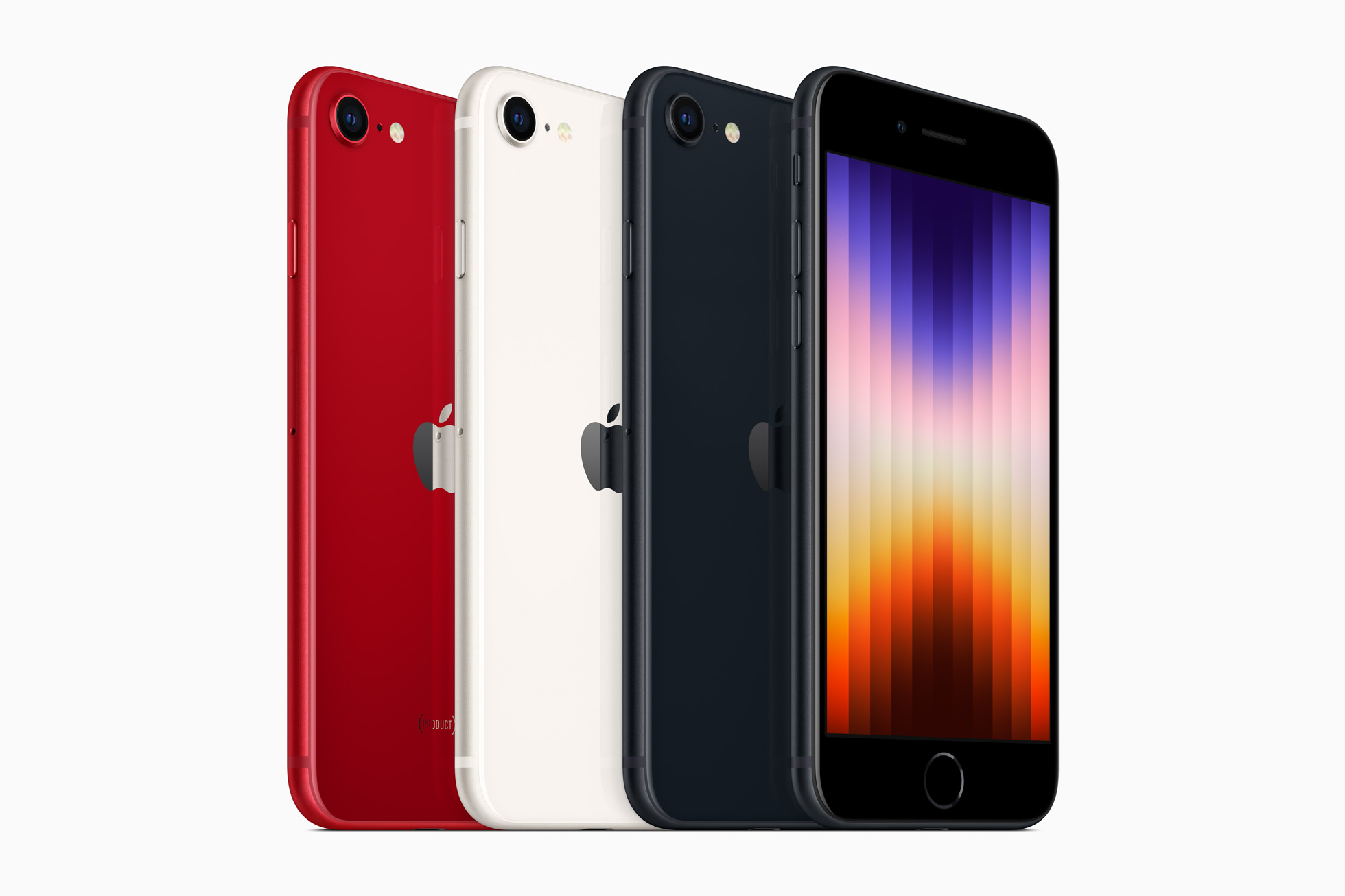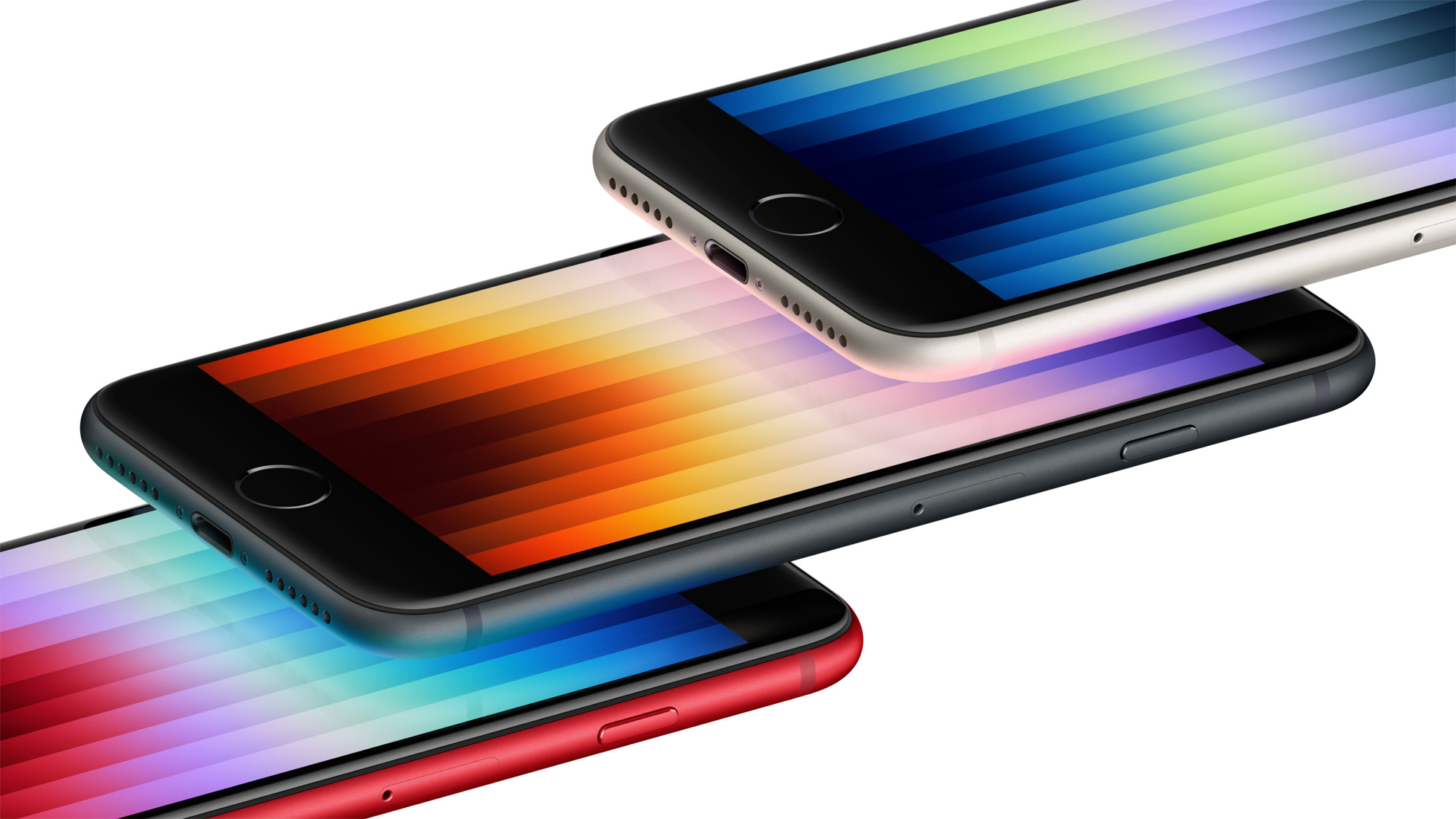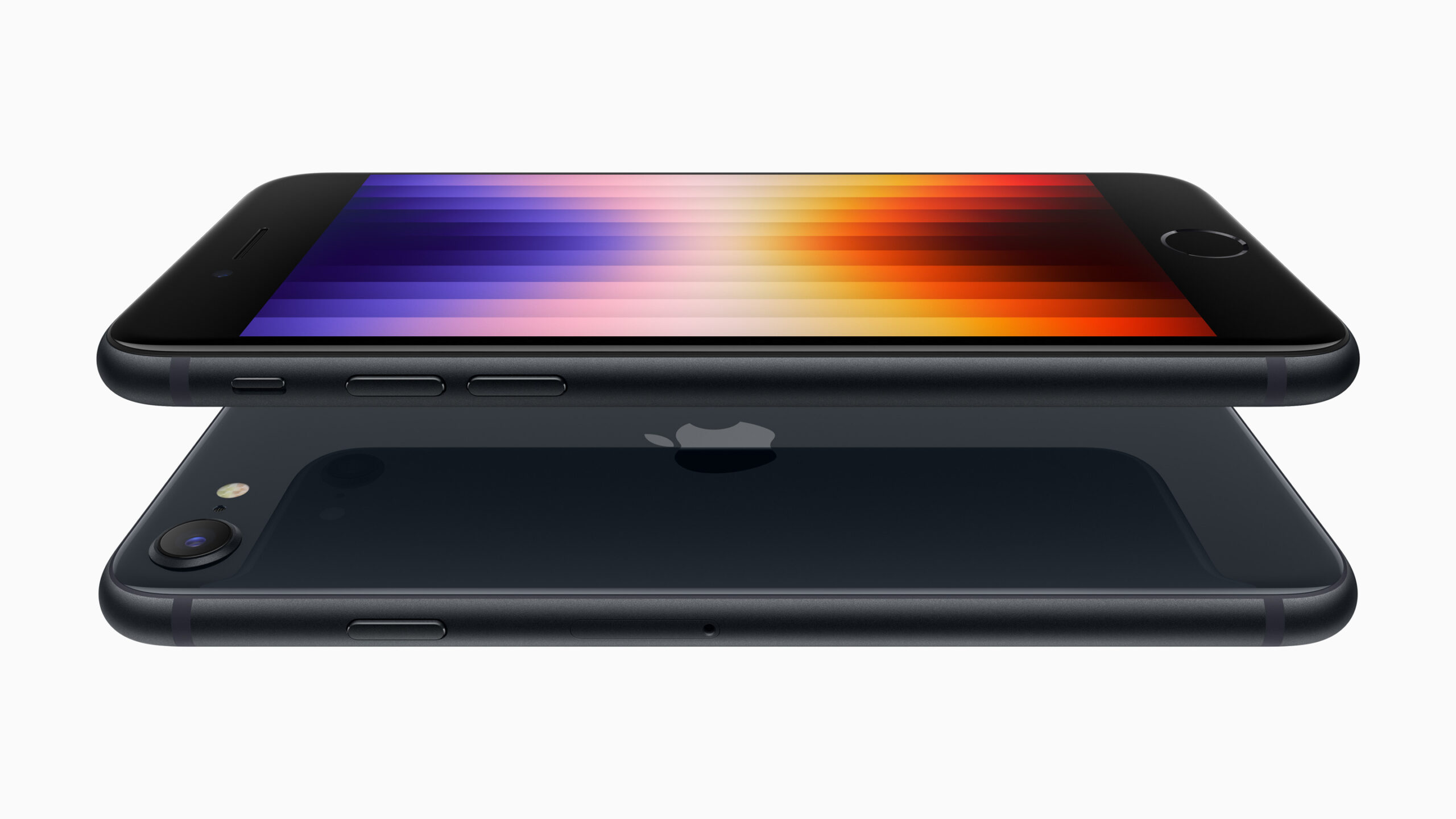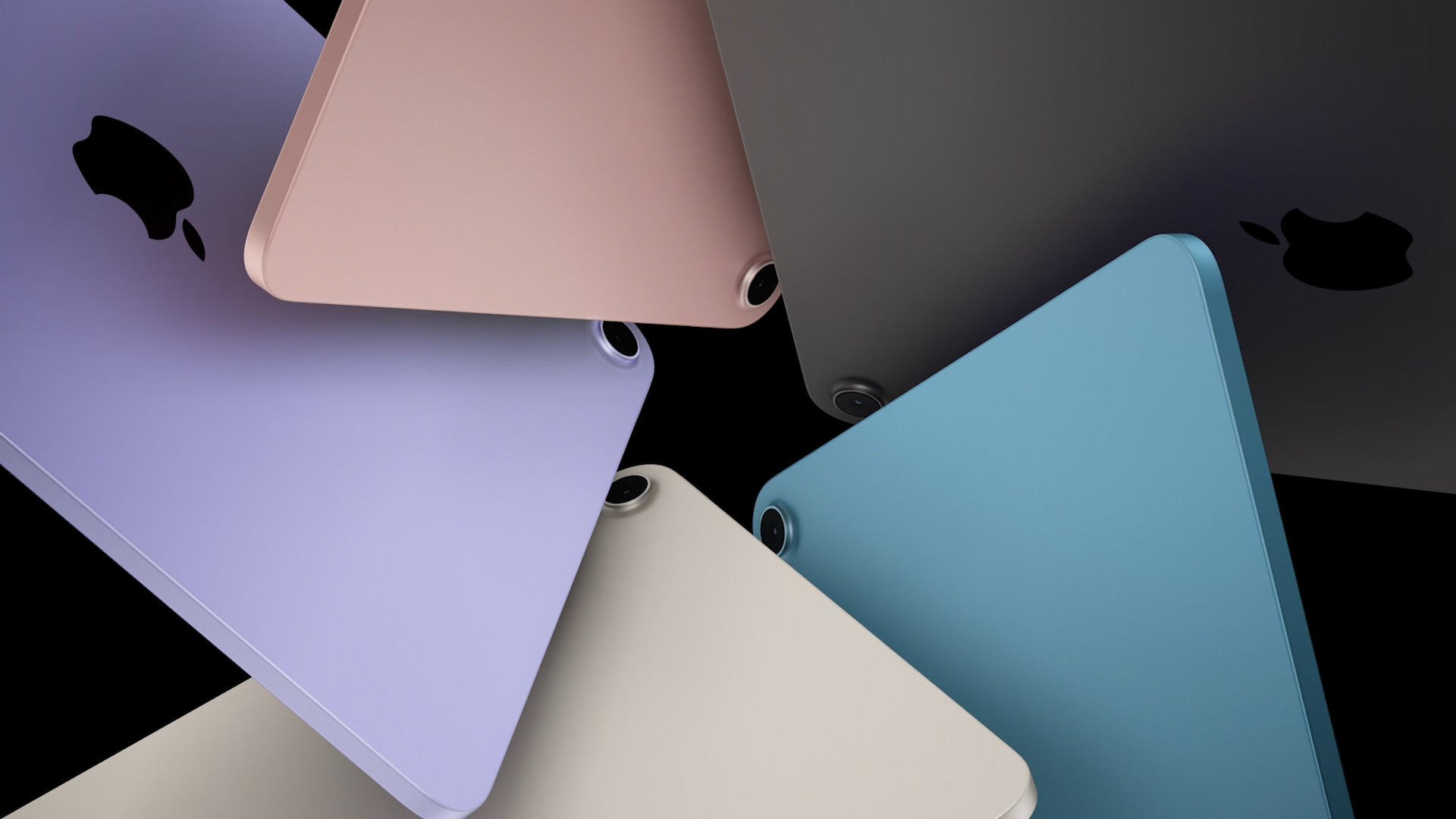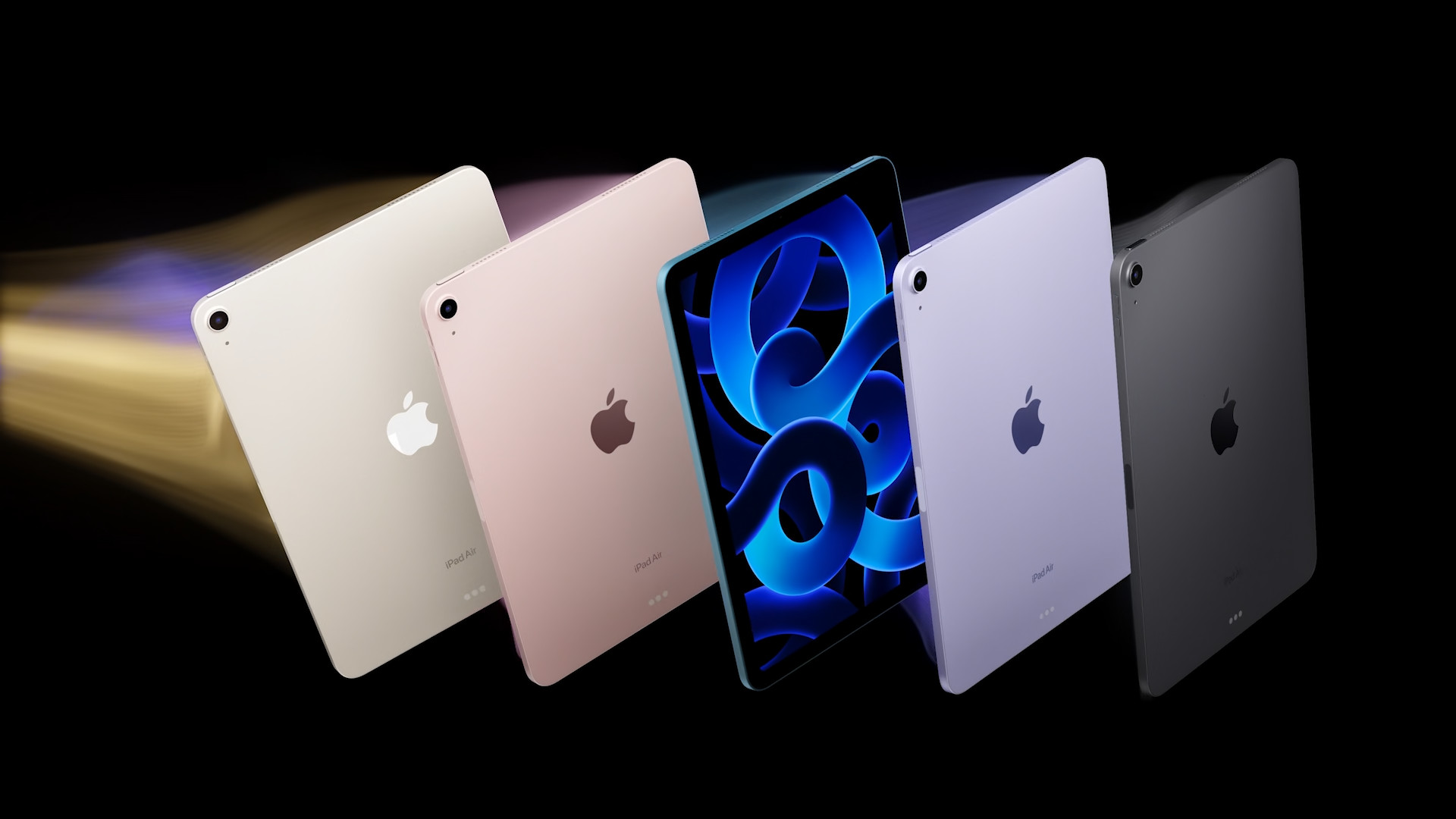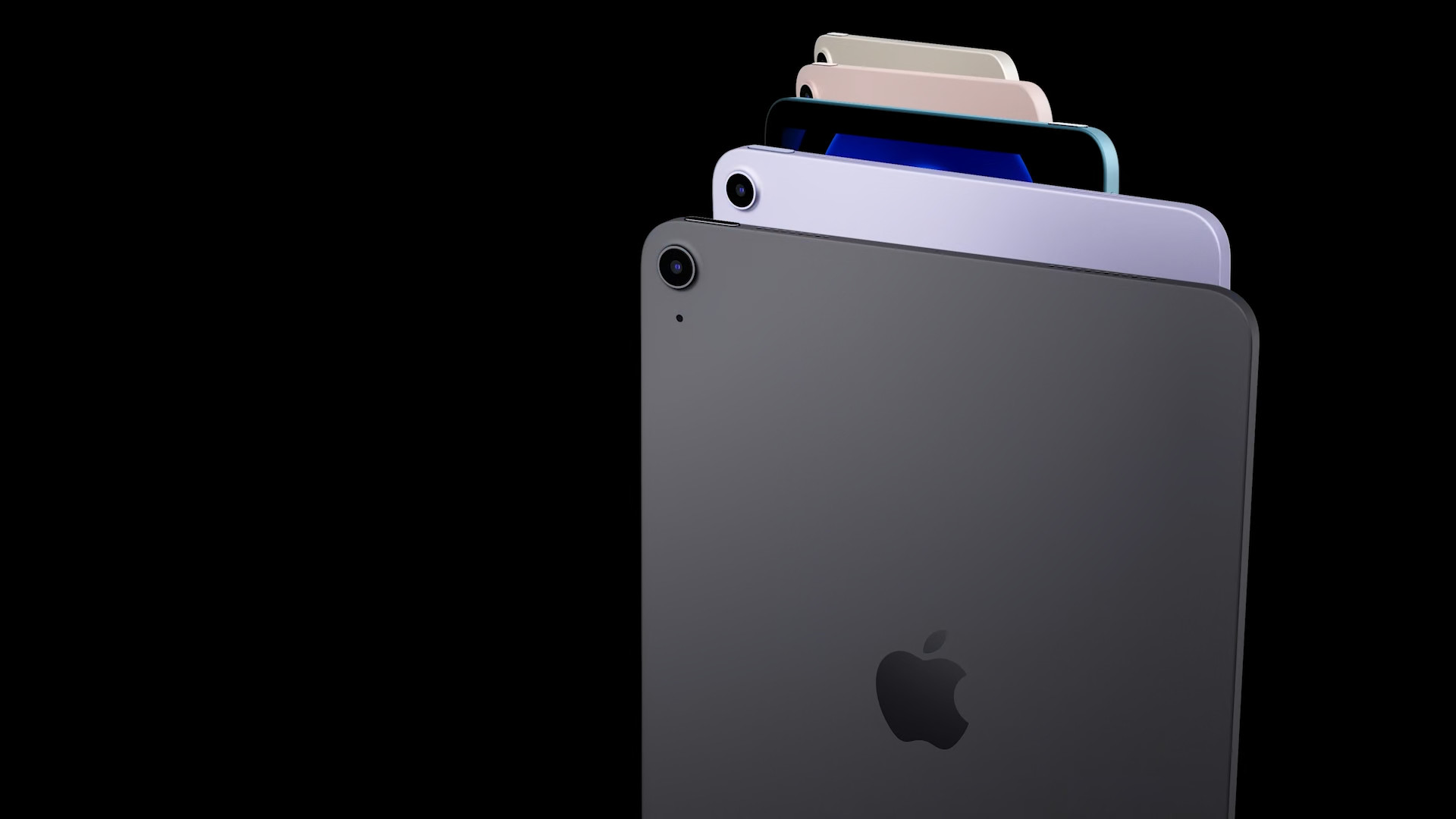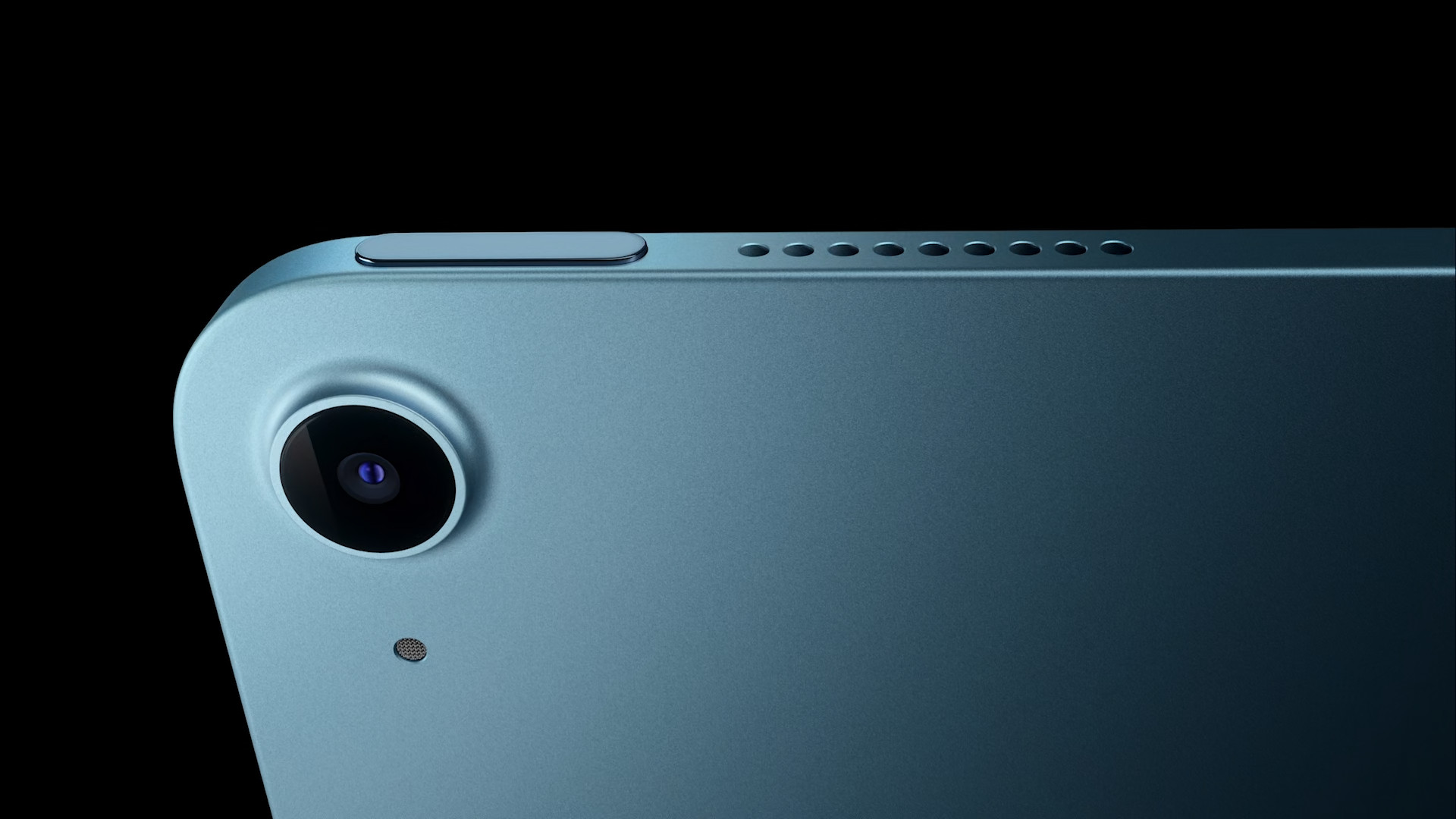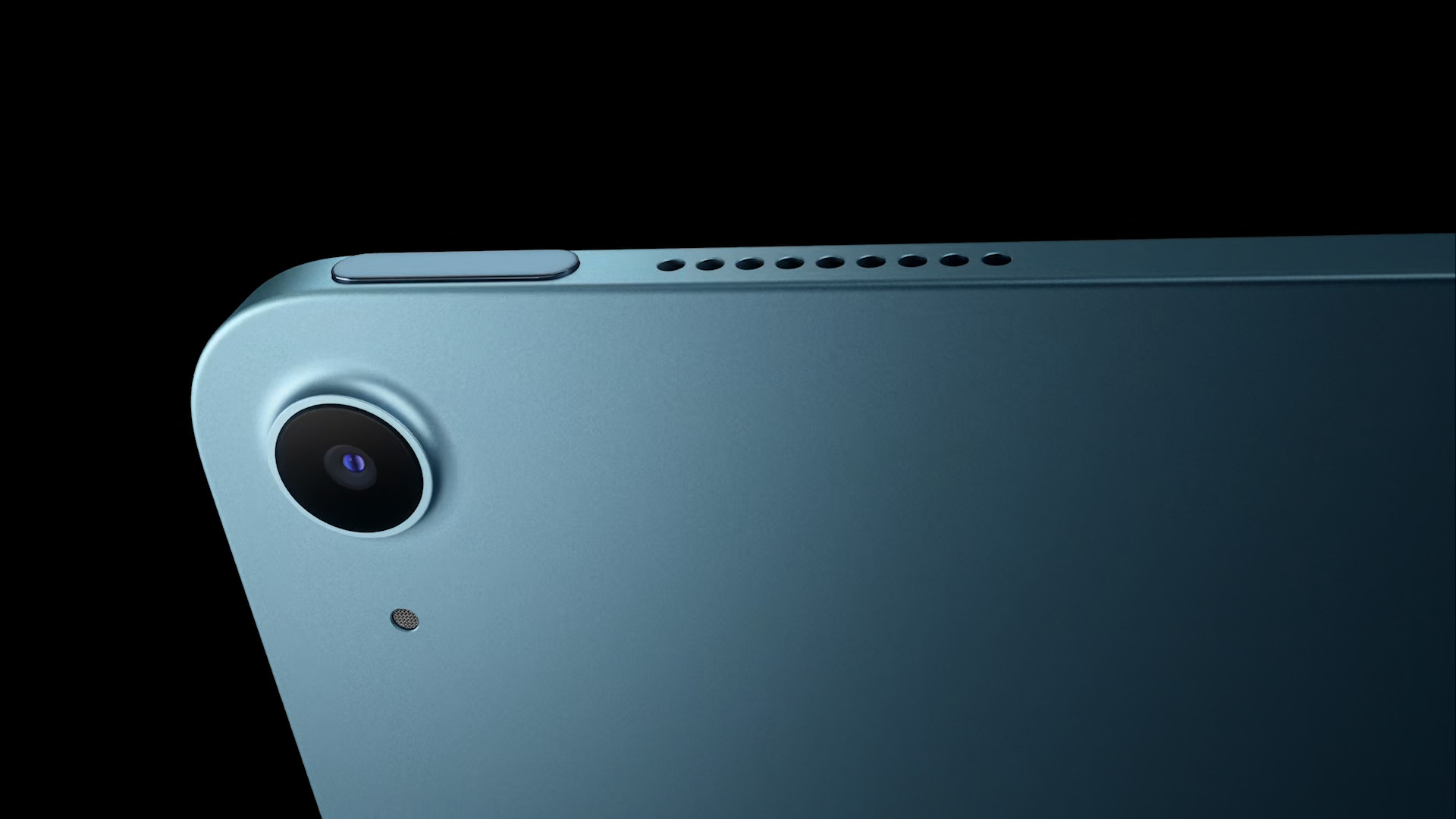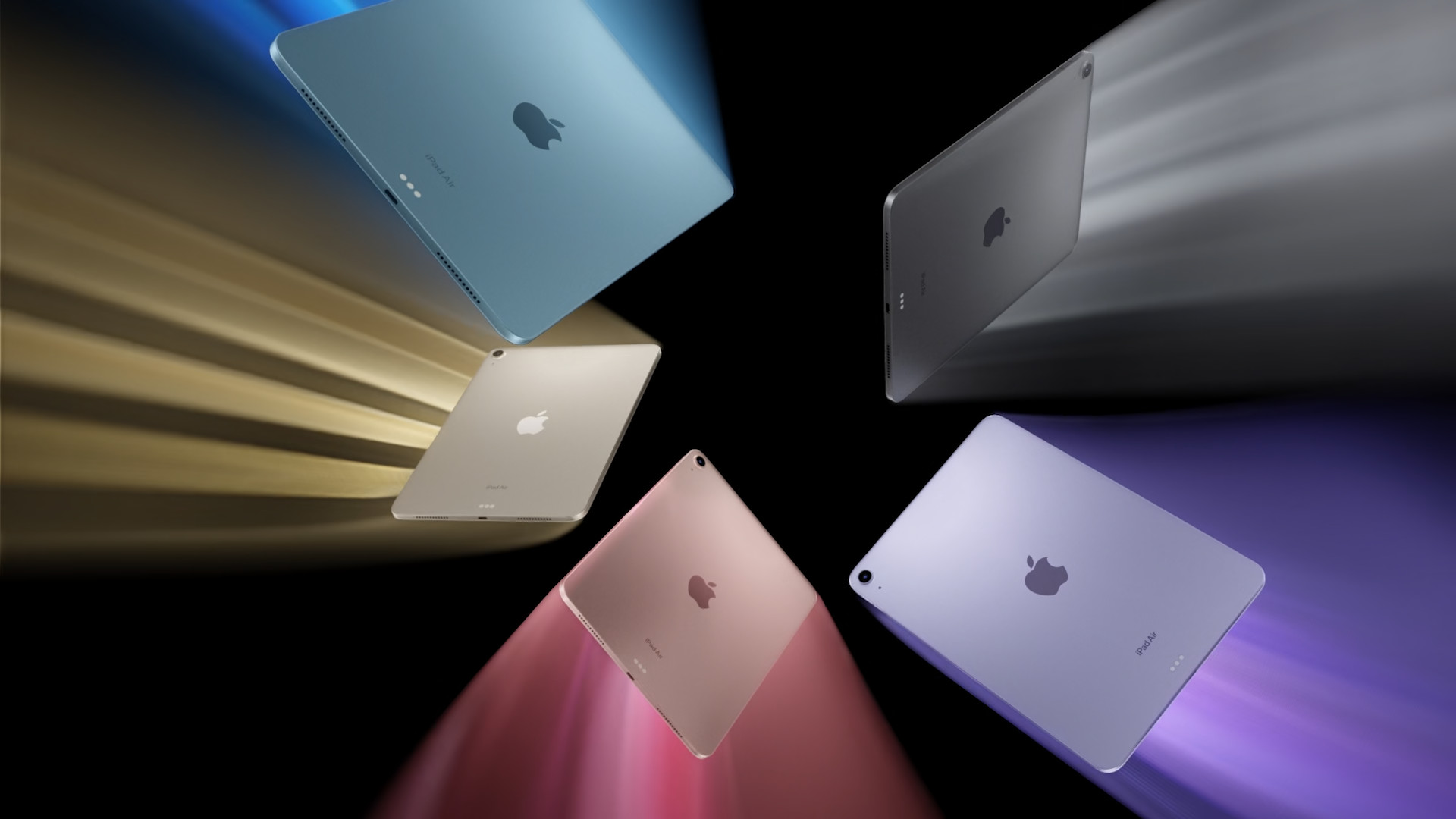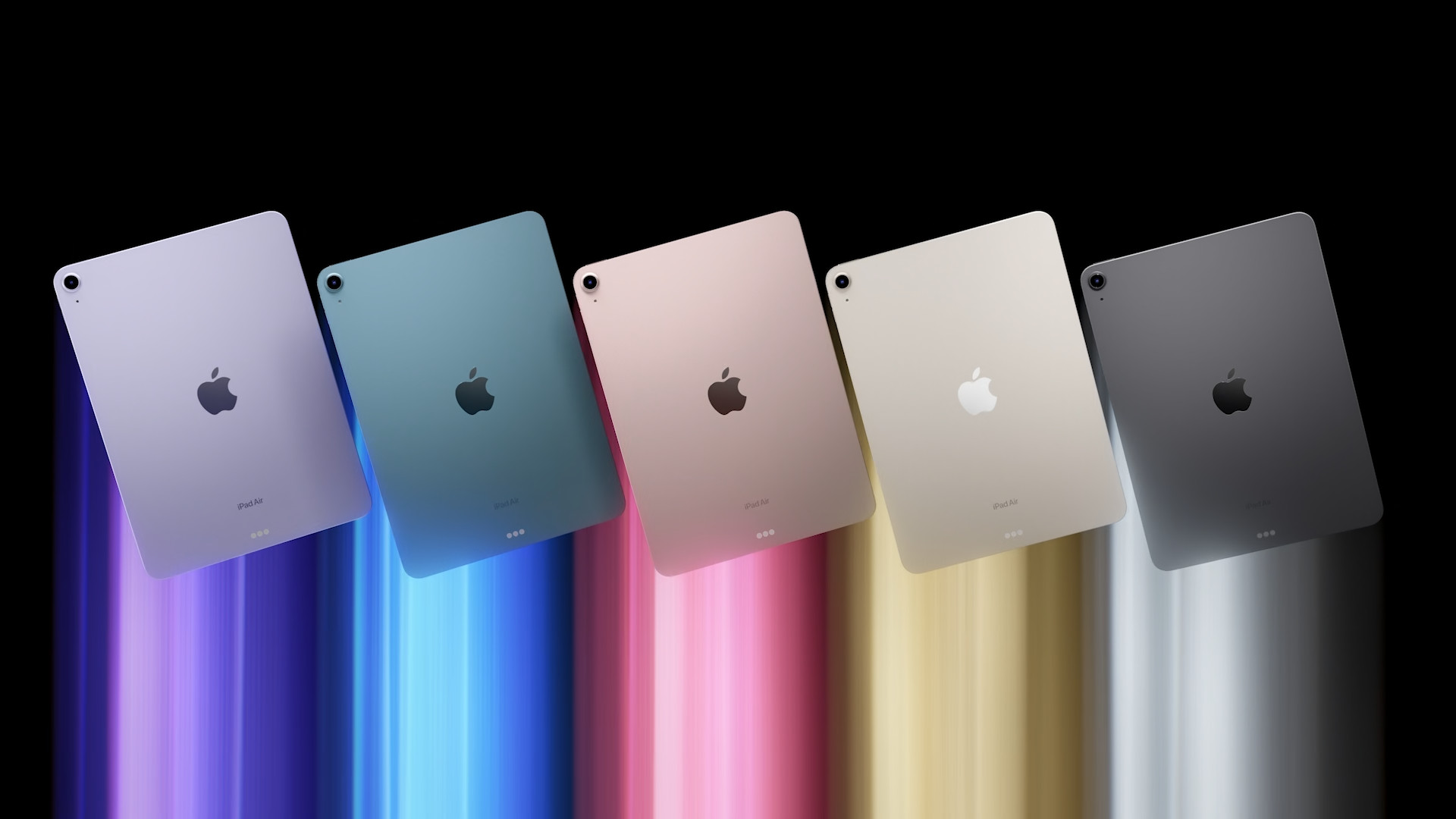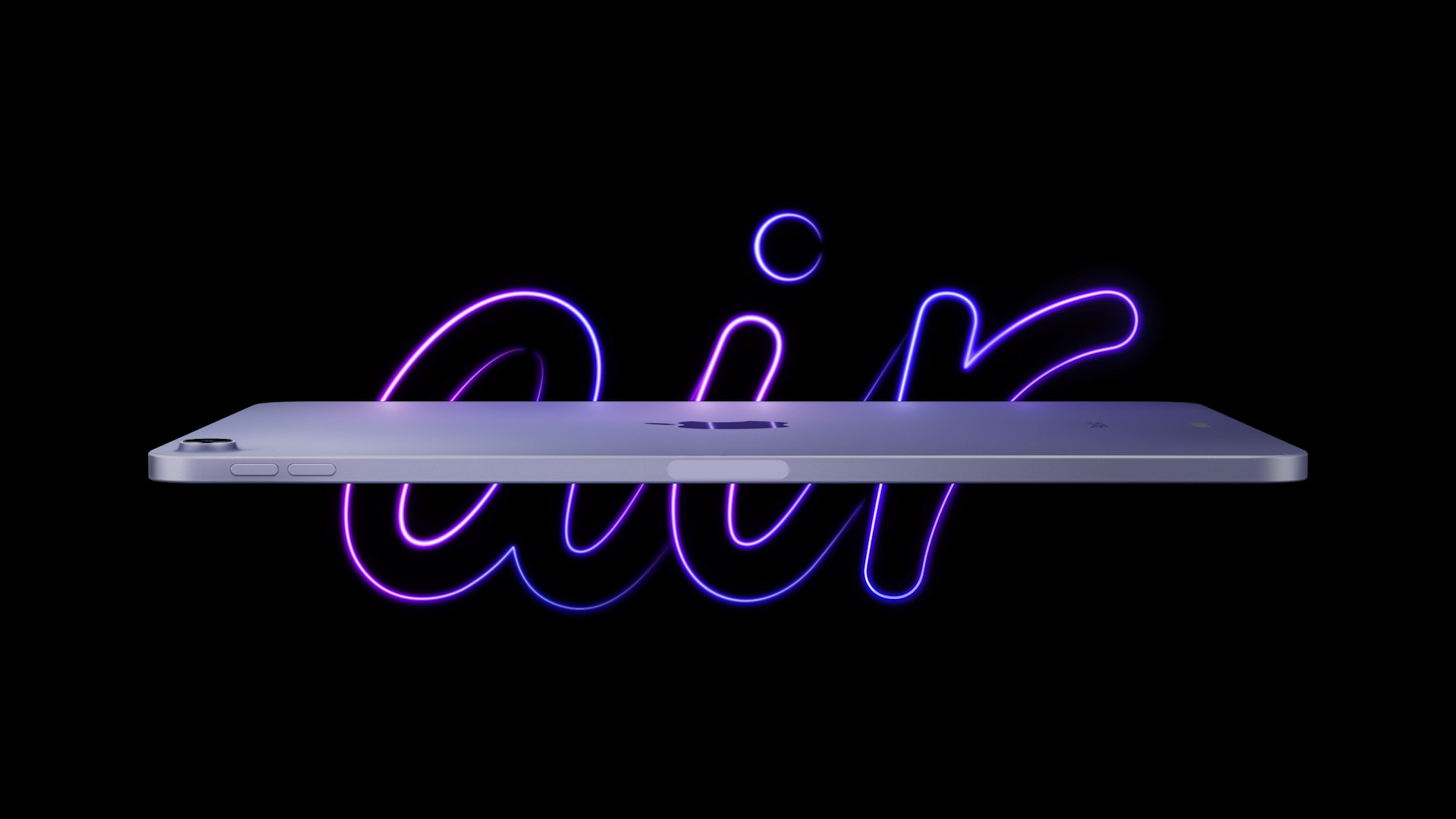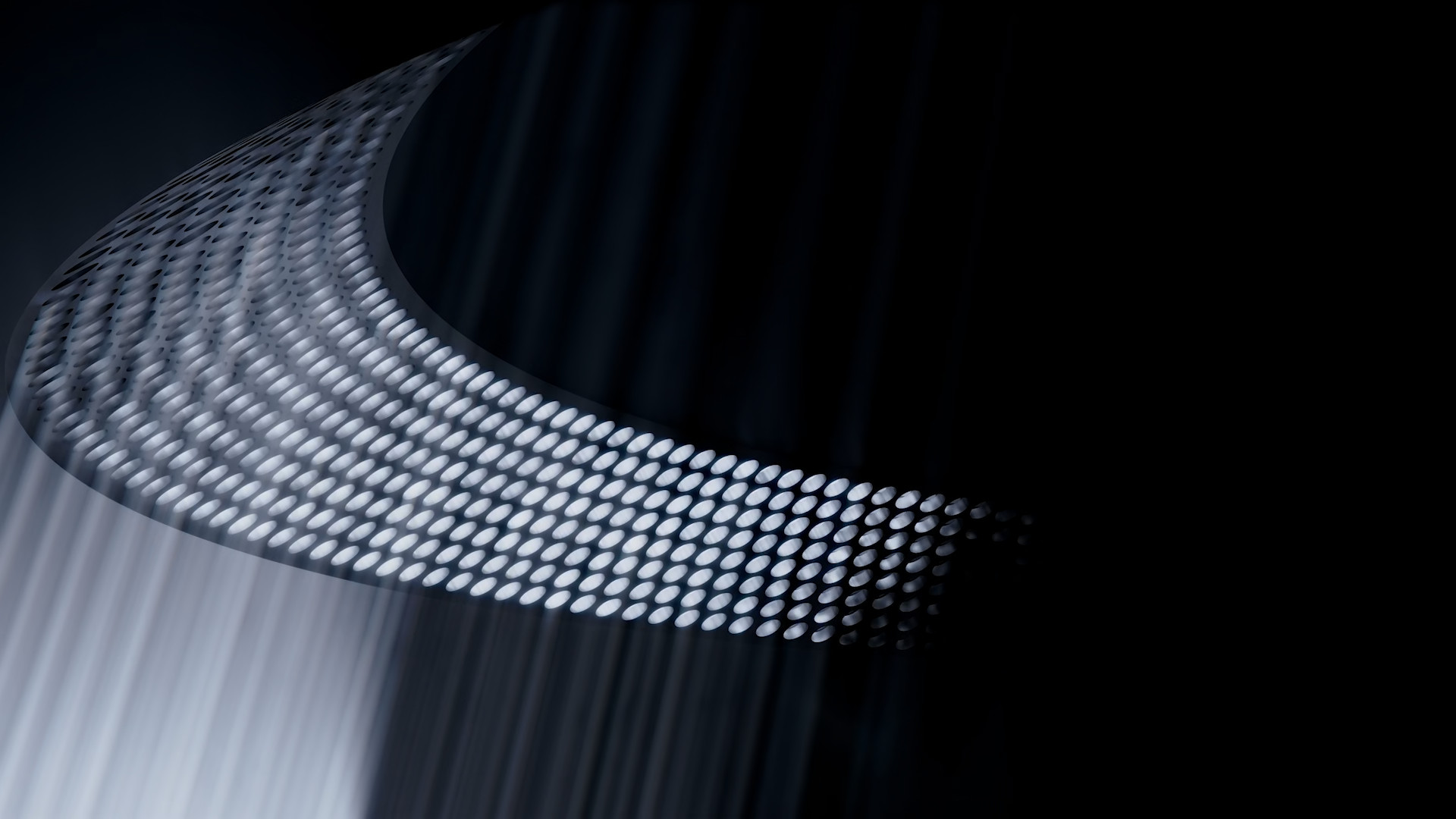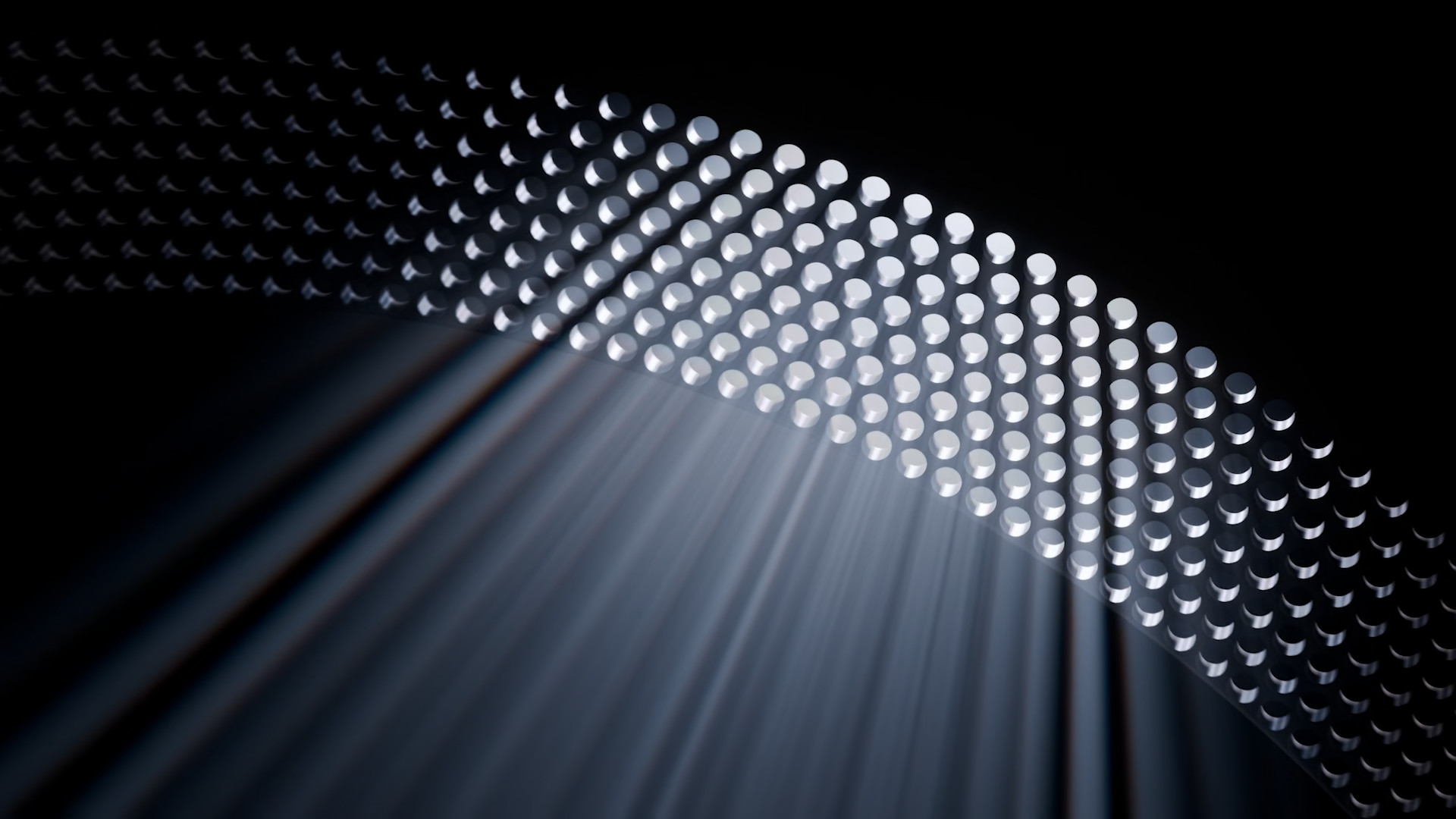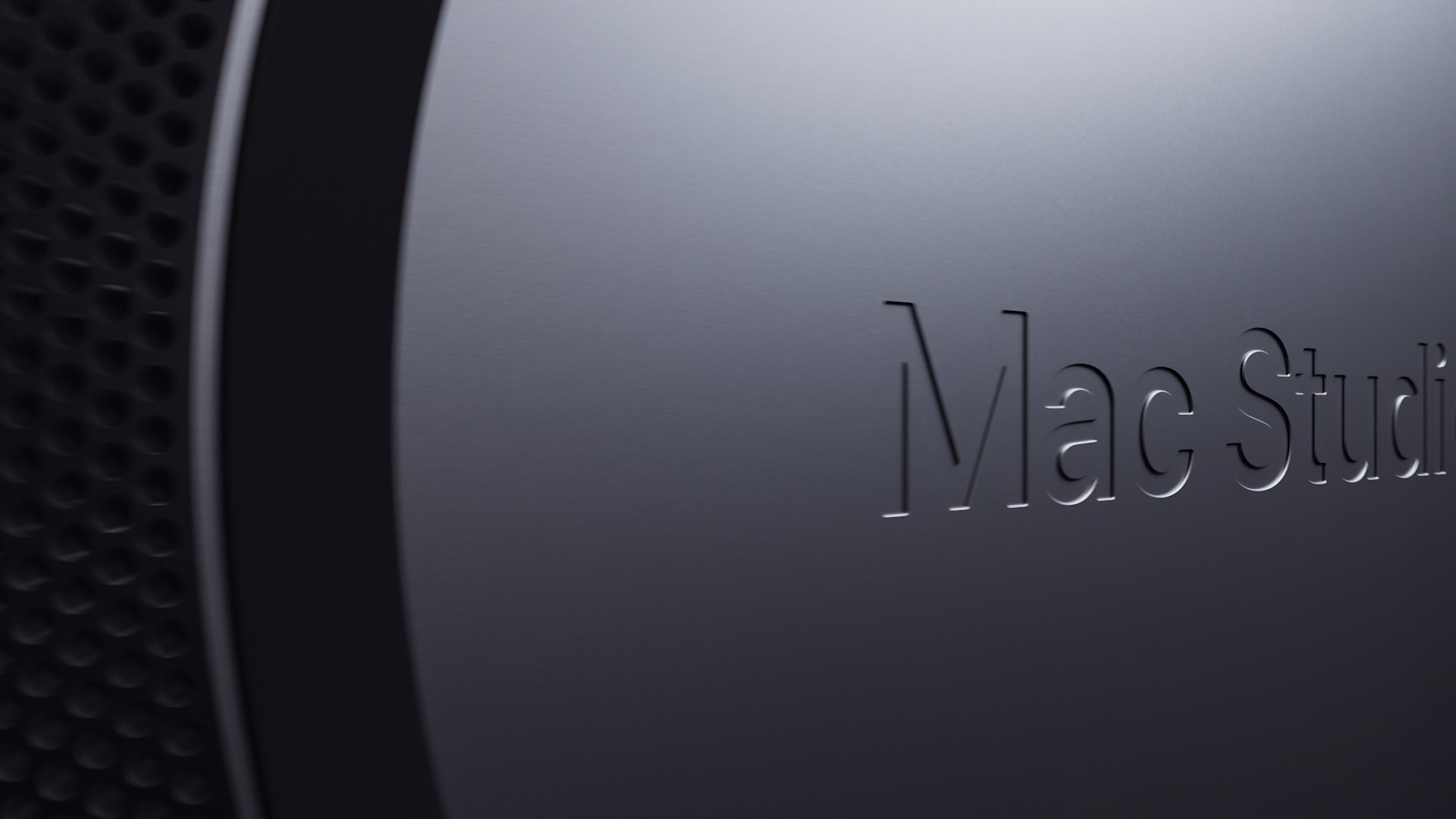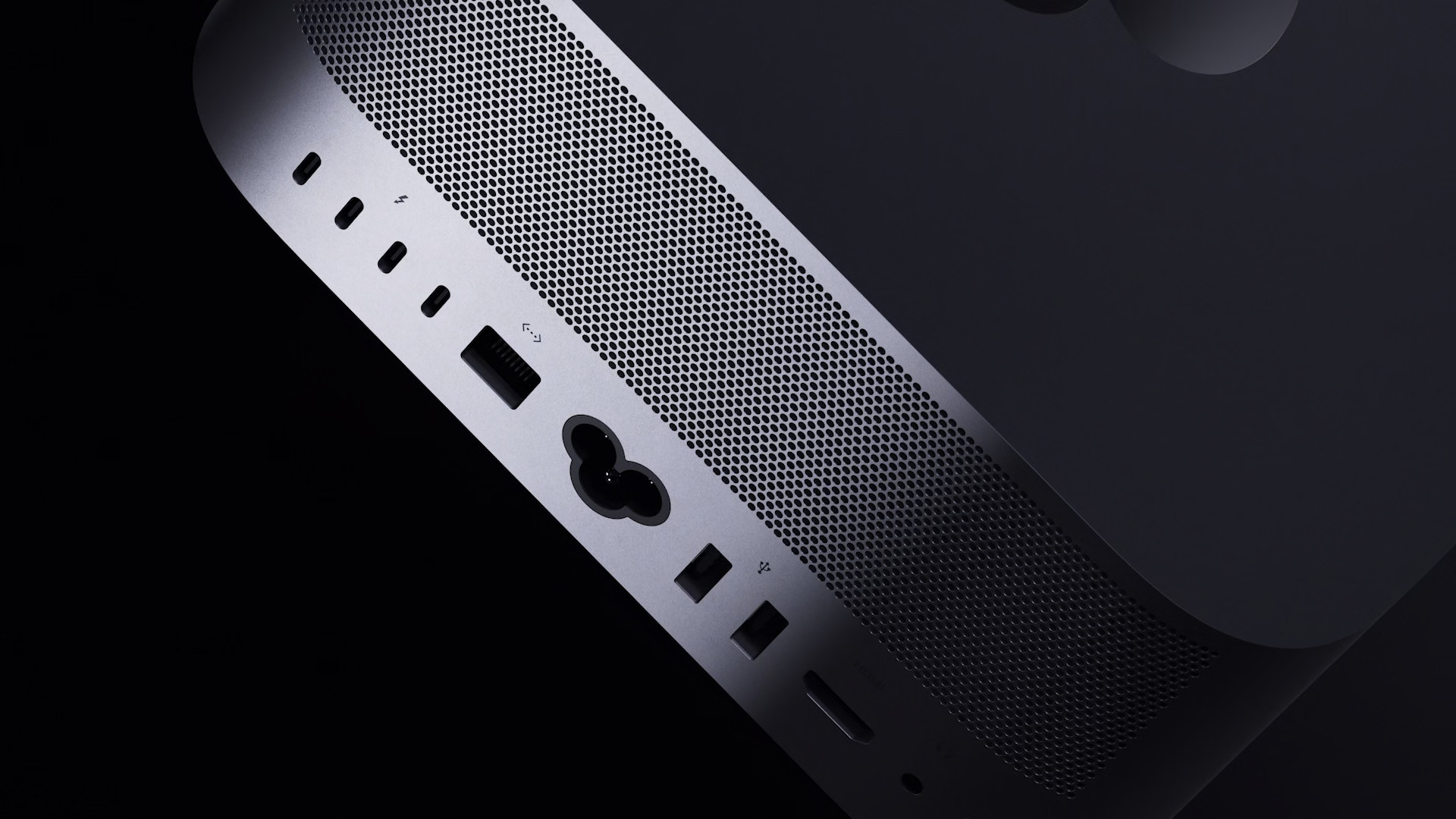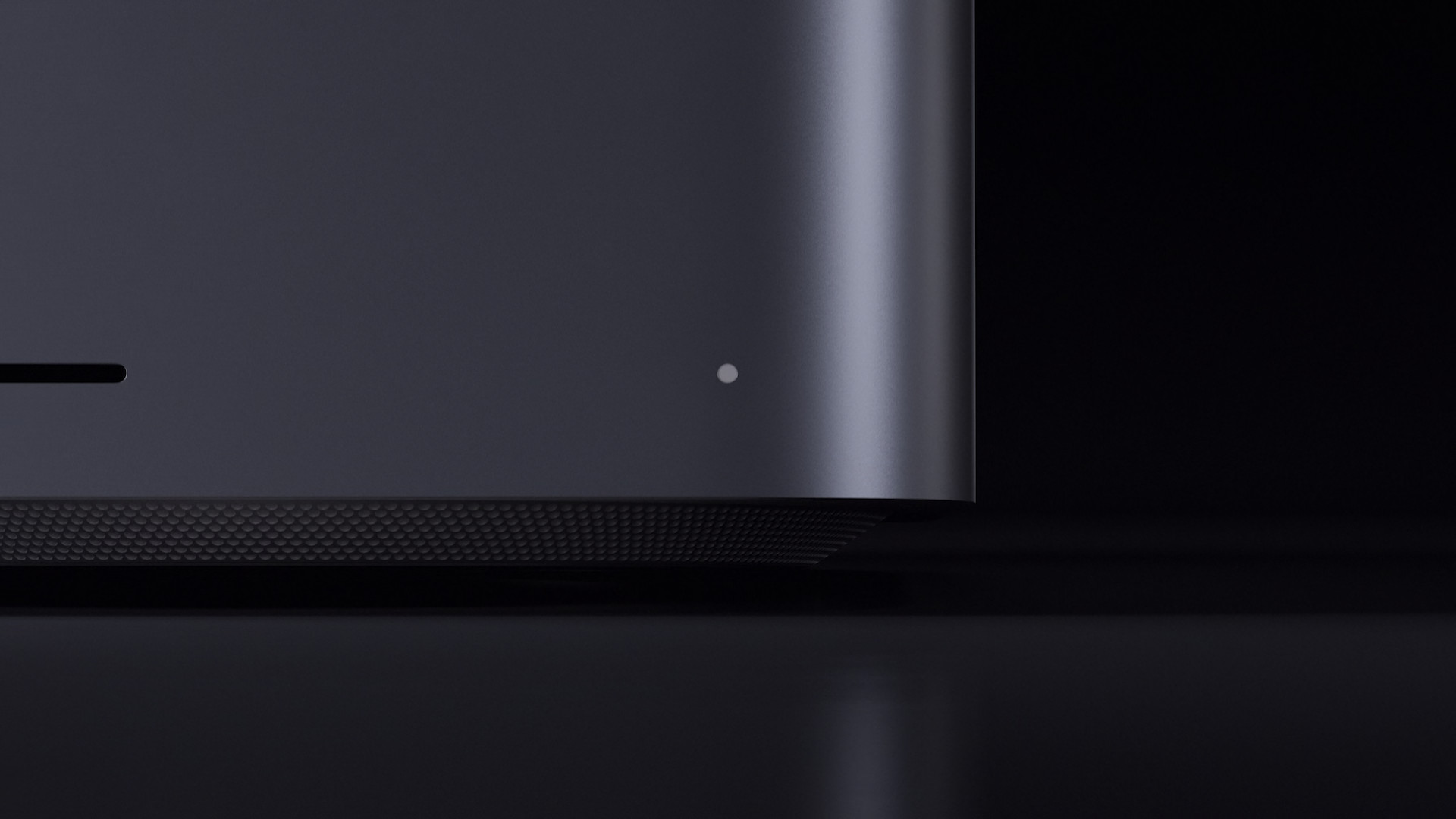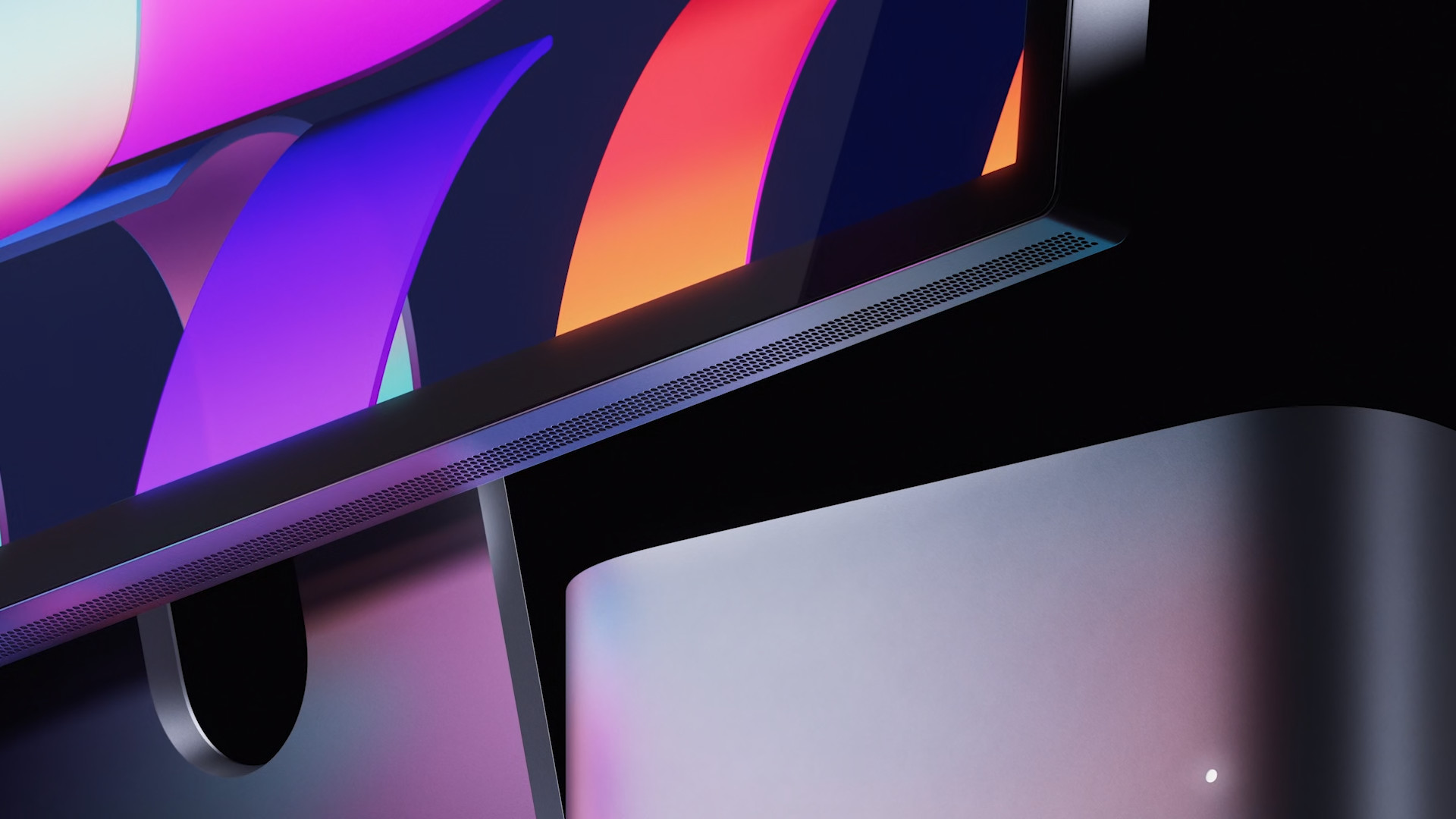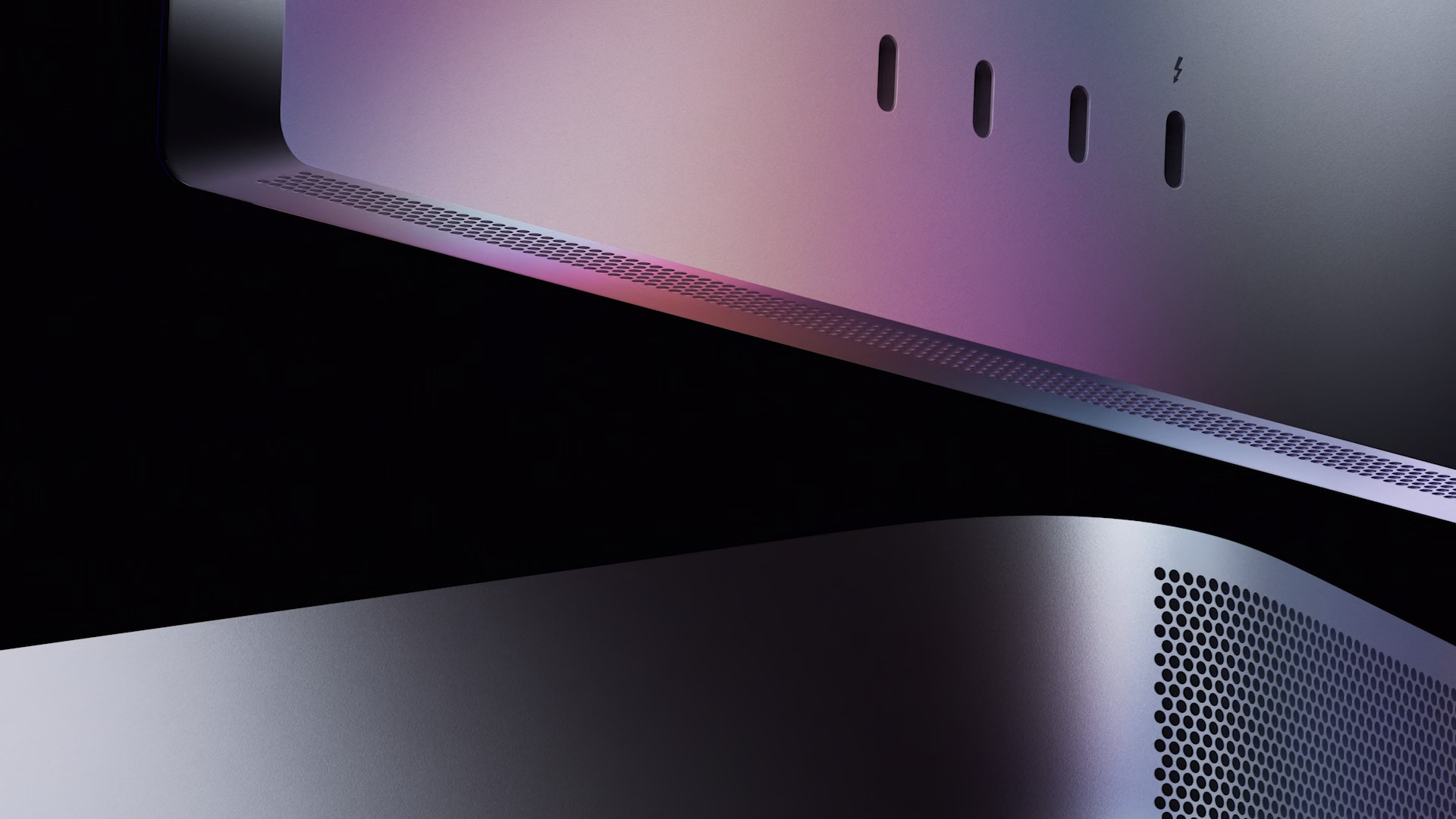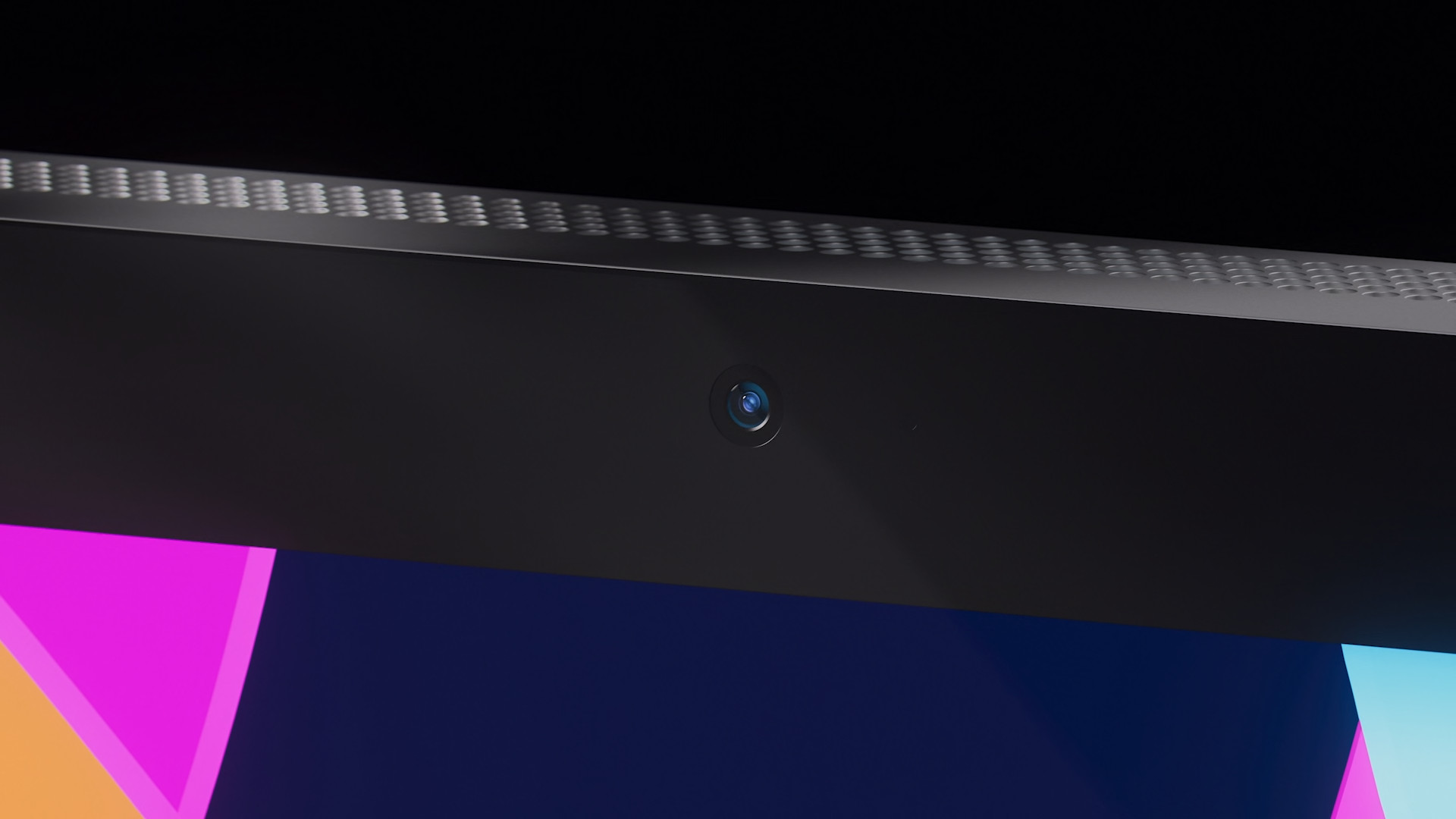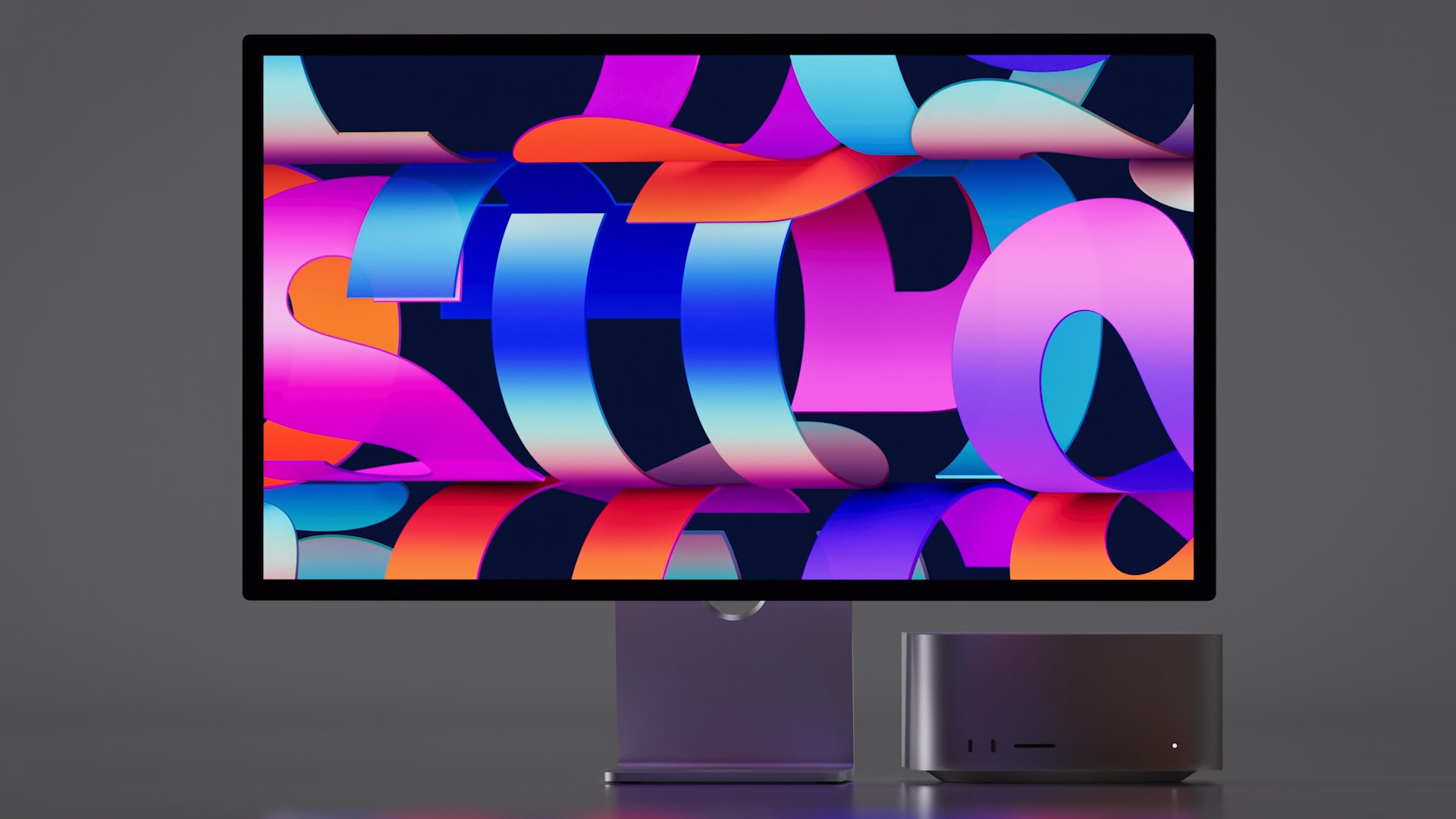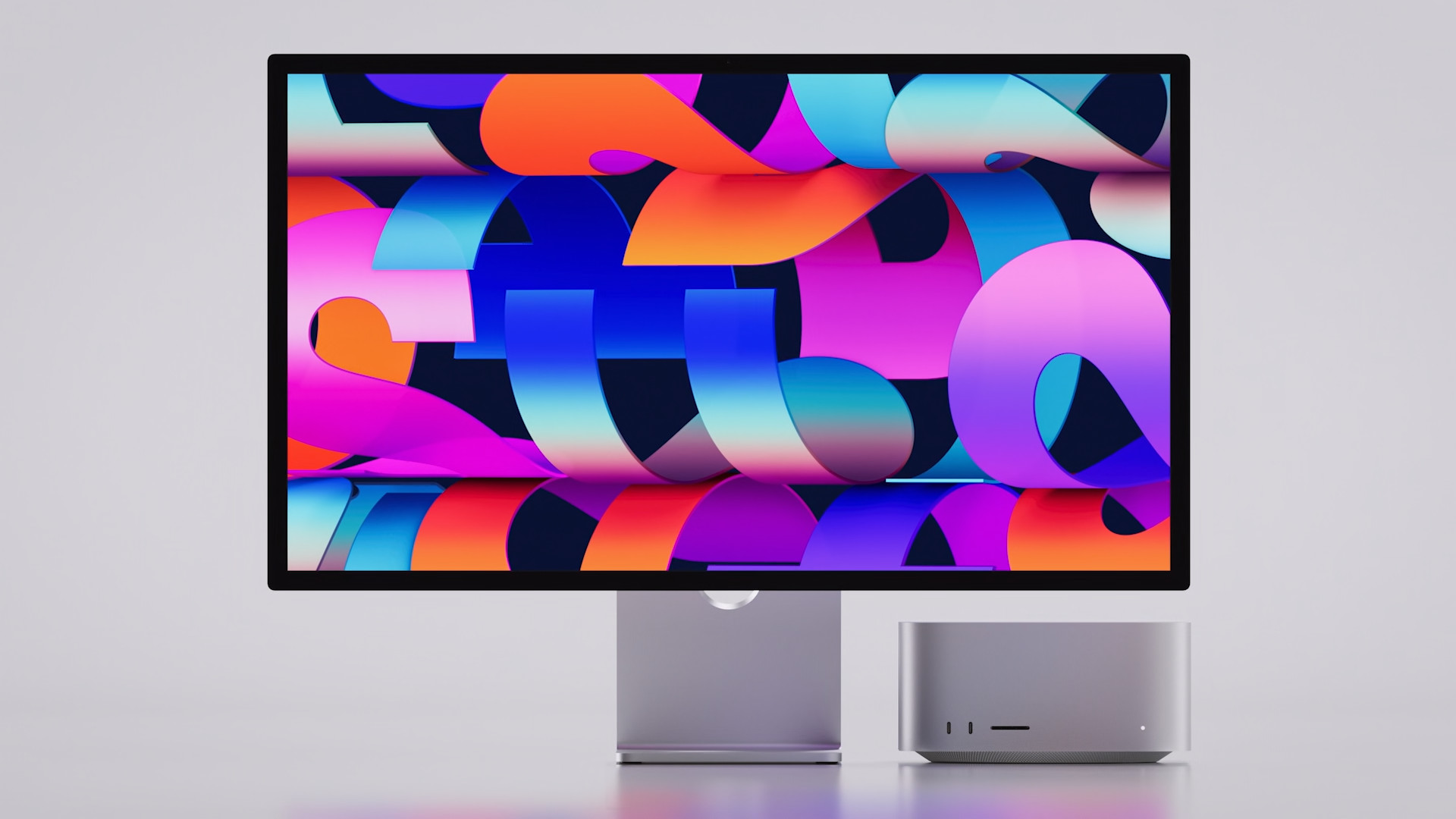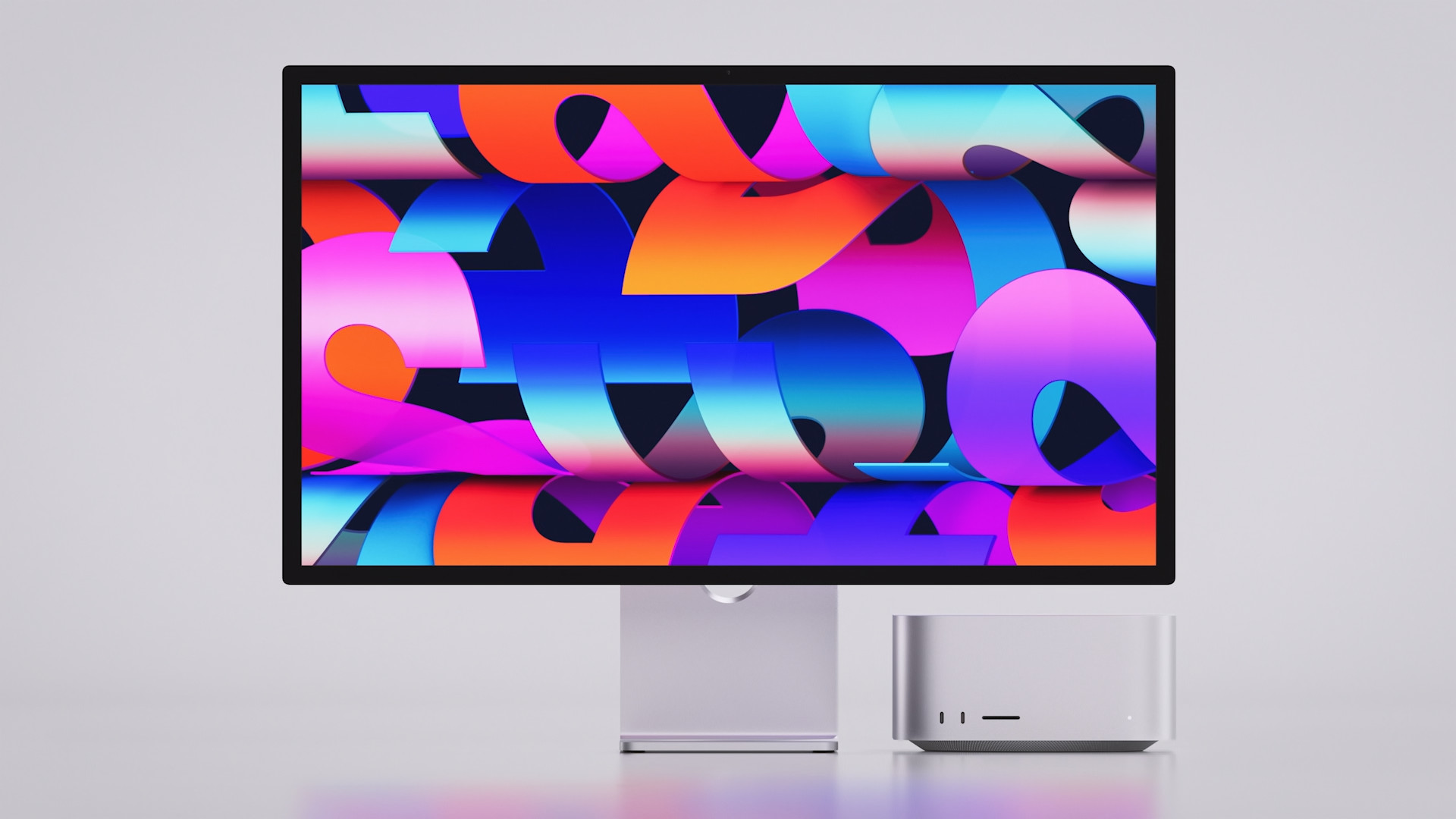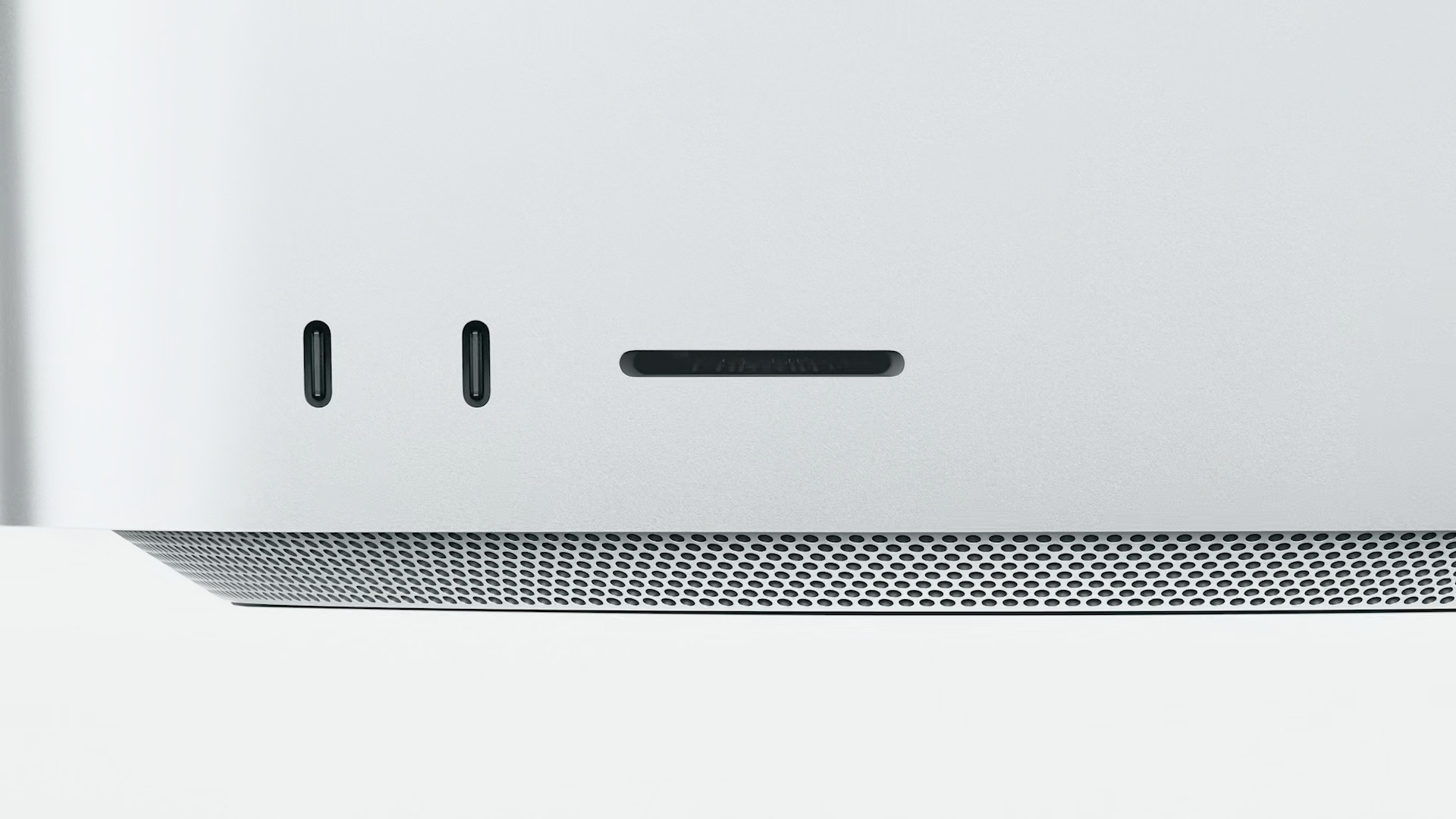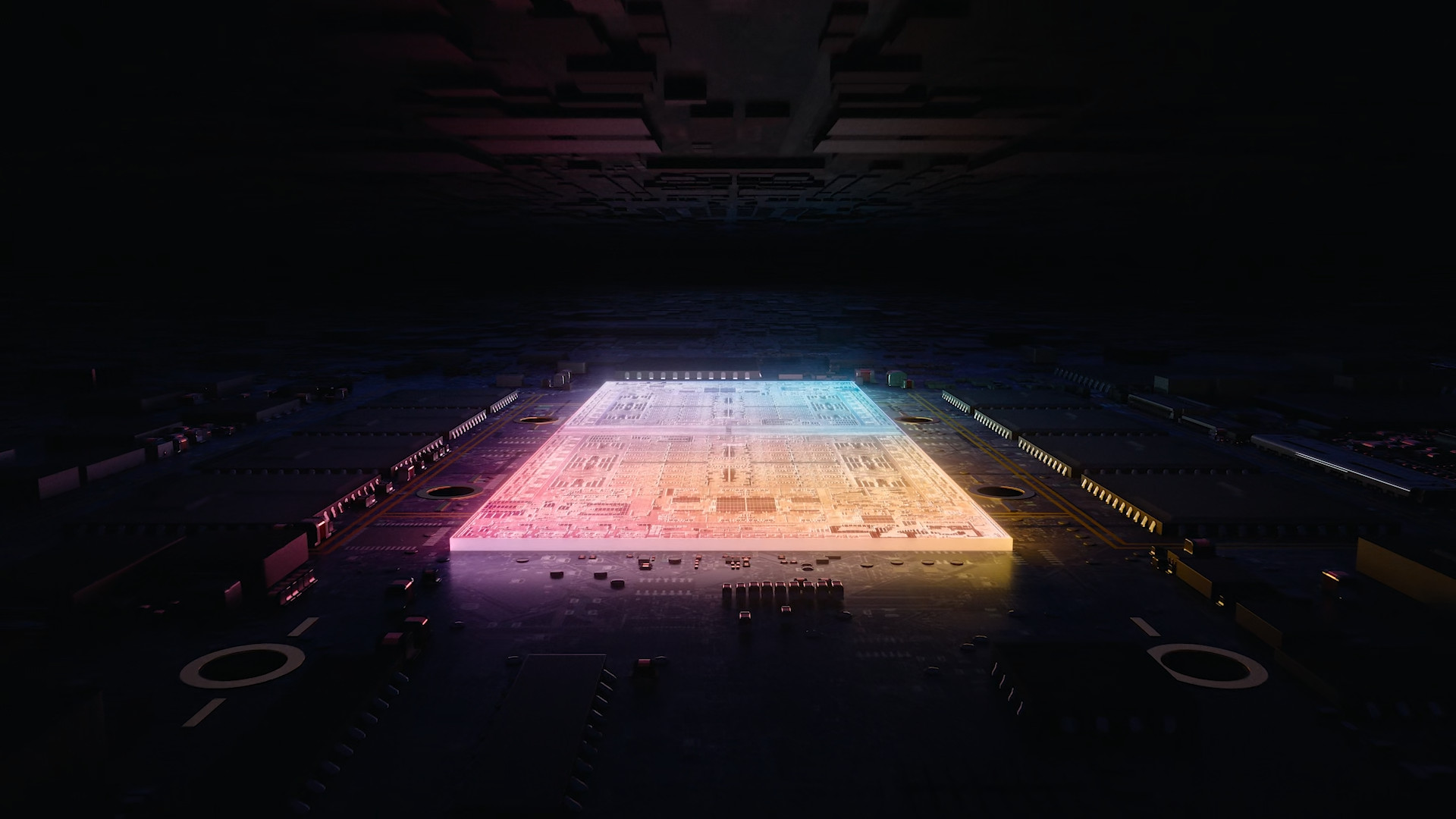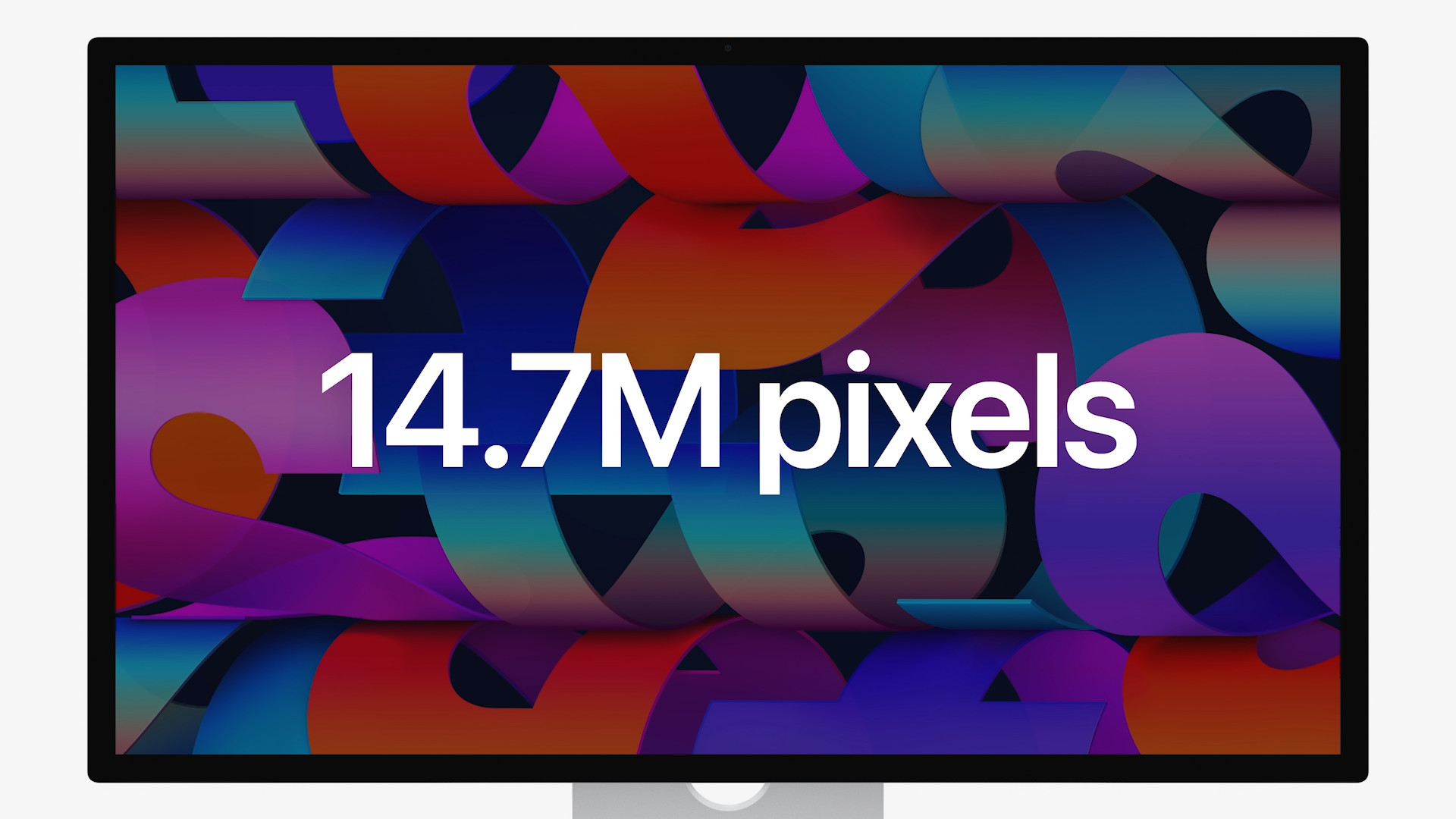Last week, we saw the first presentation of this year's apple novelties, which managed to fascinate more than one apple lover. Specifically, Apple presented the new iPhone SE 3, iPad Air 5, the M1 Ultra chip along with the Mac Studio computer and the interesting Studio Display monitor. Although the sale of these novelties officially starts today, we already have their first reviews available. What do foreign reviewers say about these news?
iPhone SE 3
Unfortunately, the new generation iPhone SE doesn't bring much news at first glance. The only fundamental change is the deployment of a newer chip, the Apple A15 Bionic, and the arrival of 5G network support. After all, this is also in the reviews themselves, according to which it is a great phone, the design of which is slightly stuck in the past, which is certainly a shame. Considering the capabilities of the device, it is difficult to overlook the shortcomings in the form of an outdated body and a small display. It's all the more unfortunate. The presence of a single lens on the back can also disappoint. But it uses the computing power of the aforementioned chip, thanks to which it can take care of really high-quality pictures and videos, which are even at the level of the iPhone 13 mini. Support for the Smart HDR 4 function is also highlighted.
In general, foreign reviewers agree in several directions. According to their experience, this is a great mid-range phone that can impress many potential users with its capabilities. Of course, high performance, 5G support and, surprisingly, an extremely high-quality camera get the most attention in this regard. But Apple faces considerable criticism for the body. Anyway, the CNET portal also found something positive about the outdated design - Touch ID. This method of biometric authentication works better than Face ID in a variety of situations, and in general, working with the home button is extremely intuitive and gratifying.
iPad Air 5
The Apple tablet iPad Air 5 is pretty much the same. Its fundamental improvement comes in the form of the M1 chipset from the Apple Silicon series, which, by the way, also got the iPad Pro last year, a modern camera with the Center Stage function and support for 5G networks. The MacStories portal praised Apple for this piece. According to them, this is currently the most comprehensive device that, thanks to its 10,9″ screen and low weight, can be playfully used for watching multimedia or work, while still being a compact model for easy portability. The tablet thus offers something from everyone and everything works for them, which has been moved to another level with this year's series. Words of praise also came to the front 12MP ultra-wide-angle camera with support for the Center Stage function, which can keep the user in the frame even when, for example, he would move around the frame. Although it is a great innovation, the truth is that many people simply do not use it.
However, criticism came from The Verge about the internal memory of the device. Basically, the iPad Air only offers 64GB of storage, which is woefully insufficient for the year 2022, especially when we take into account that it is supposed to be a multifunctional tablet starting at CZK 16. At the same time, it is extremely important to realize that the vast majority of people buy tablets for a longer period of time, even several years. In this case, it is already clear in advance that we have to pay extra for the variant with 490GB of storage, which will cost us 256 CZK. In addition, the difference of CZK 20 is quite significant. For example, such an 990″ iPad Pro starts at 4 CZK with 500 GB of internal memory.
MacStudio
If we had to pick the most interesting product from the March keynote, it would definitely be the Mac Studio computer with the M1 Ultra chip. Apple has presented us with the most powerful computer ever with an Apple Silicon chip, which moves several levels forward in terms of performance. The performance was highlighted in The Verge, where they tested the work with video, audio and graphics, and the results were rather surprising. Working on Mac Studio is simply much faster, everything works as it should and during testing there were not even the slightest problems.
Video editors will also certainly be pleased with the presence of an SD card reader, which is indescribably missing from the Mac Pro (2019), for example. It is therefore rather absurd that something like this is missing at all for a computer worth hundreds of thousands of dollars, which is aimed directly at creators and professionals, and it is necessary to replace the reader with a reducer or a hub. In general, professionals do not need to take performance into account and can simply work, which makes the whole process much more pleasant for them.
On the other hand, great performance doesn't mean it's the absolute best device on the market. The graphics processor of the M1 Ultra chip has often been considered equal to the Nvidia GeForce RTX 3090 graphics card. And what is the truth? In practice, the chip from Apple was literally scattered by the power of RTX, which is confirmed not only by benchmark tests, but also by practical data. For example, in the Geekbench 5 Compute test, the Mac Studio with M1 Ultra (20-core CPU, 64-core GPU, 128 GB RAM, 2 TB SSD) scored 102 points (Metal) and 156 points (OpenCL), beating the Mac Pro (83-core Intel Xeon W , 121 GPU Radeon Pro Vega II, 16 GB RAM, 2 TB SSD), which received 96 points. But when we take into account the computer setup with an Intel Core i2-85, an RTX 894 GPU, 9GB of RAM and a 10900TB SSD, we see a huge difference. This PC scored 3090 points, which more than doubled the M64 Ultra.
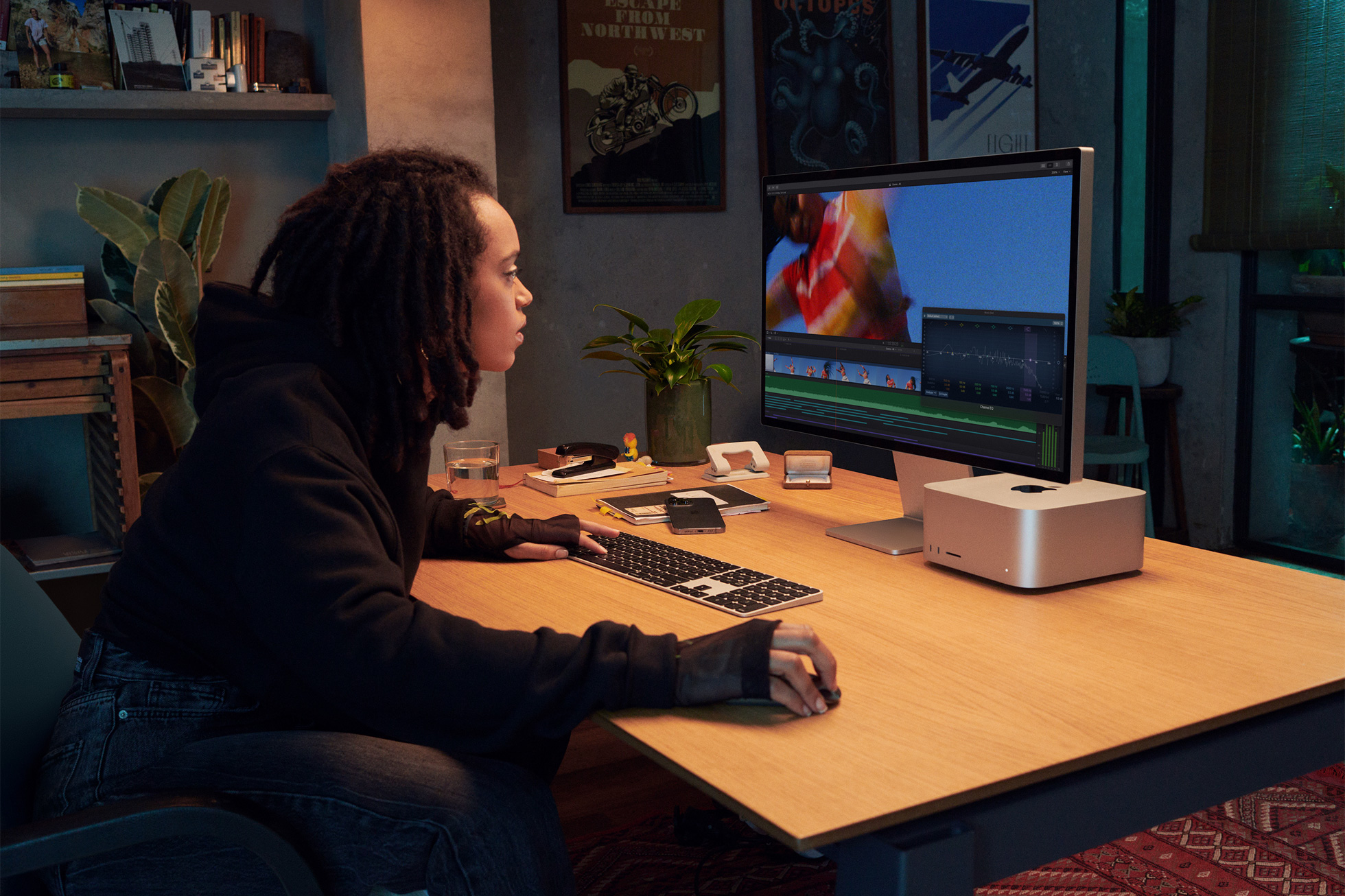
In the CPU area, however, the Mac Studio is quite dominant and tramples, for example, the aforementioned Mac Pro or its 16-core Intel Xeon W, while keeping pace with the 32-core Threadripper 3920X. On the other hand, it is advisable to take into account the fact that this addition to the family of Apple computers is small, economical and practically silent, while the entire set with a Threadripper processor takes significantly more energy and requires proper cooling.
studio display
As for the Studio Display in the end, it was able to surprise many people at first glance. The same was true of his reviews, which were literally surprising, as this monitor noticeably lags behind and raises a lot of questions about its qualities. As for the display quality, it is practically the same display as the one found on the 27″ iMac, which Apple has now stopped selling. We simply cannot find any fundamental change or innovation here. Unfortunately, it does not end there. Considering the price, it's not the best choice, as it's practically a regular monitor with 5K resolution and 60Hz refresh rate, which doesn't even offer local dimming and therefore can't even render true black. HDR support is also missing. In any case, Apple boasts a higher typical brightness of 600 nits, which is only 100 nits more than the aforementioned iMac. Unfortunately, this difference cannot even be noticed.
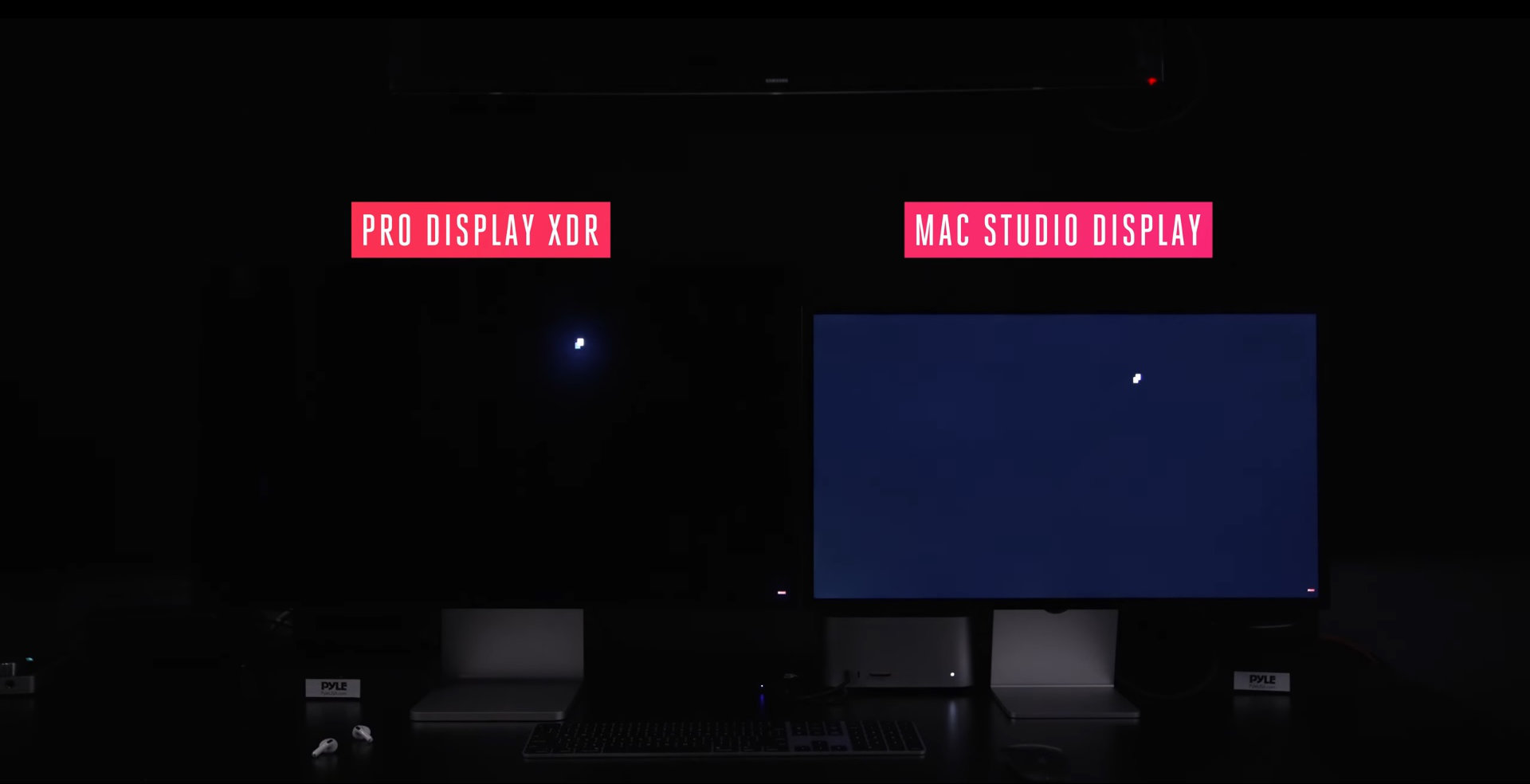
The quality of the built-in 12MP ultra-wide-angle camera is also a complete flop. Even in the best possible lit rooms, it looks outdated and does not give good results at all. The cameras on the 24″ iMac with M1 or M1 MacBook Pro are significantly better, which also applies to the iPhone 13 Pro. According to Apple's statement to The Verge, the problem is caused by a bug in the software, which the company will fix as soon as possible through a software update. But for now, the camera is almost unusable. If there's one thing that really stands out about this monitor, it's the speakers and microphones. These are relatively high-quality by their standards and can thus satisfy the vast majority of users - that is, if you are not going to record podcasts or videos or stream.
In general, however, Studio Display does not exactly please twice. It can only be useful for those users who want to connect a 5K monitor to their Mac, so they don't have to scale the resolution. On the other hand, it is the only 5K monitor on the market, if we do not count the older LG UltraFine, which, among other things, Apple has stopped selling. In general, however, it is better to look for an alternative. Fortunately, there are a number of better monitors on the market, which are also available for a significantly lower price. Considering that the Studio Display starts at less than 43 thousand, it is not a very favorable purchase.
- Newly introduced Apple products can be purchased, for example, at AlgeIn iStores whether Mobile Emergency
